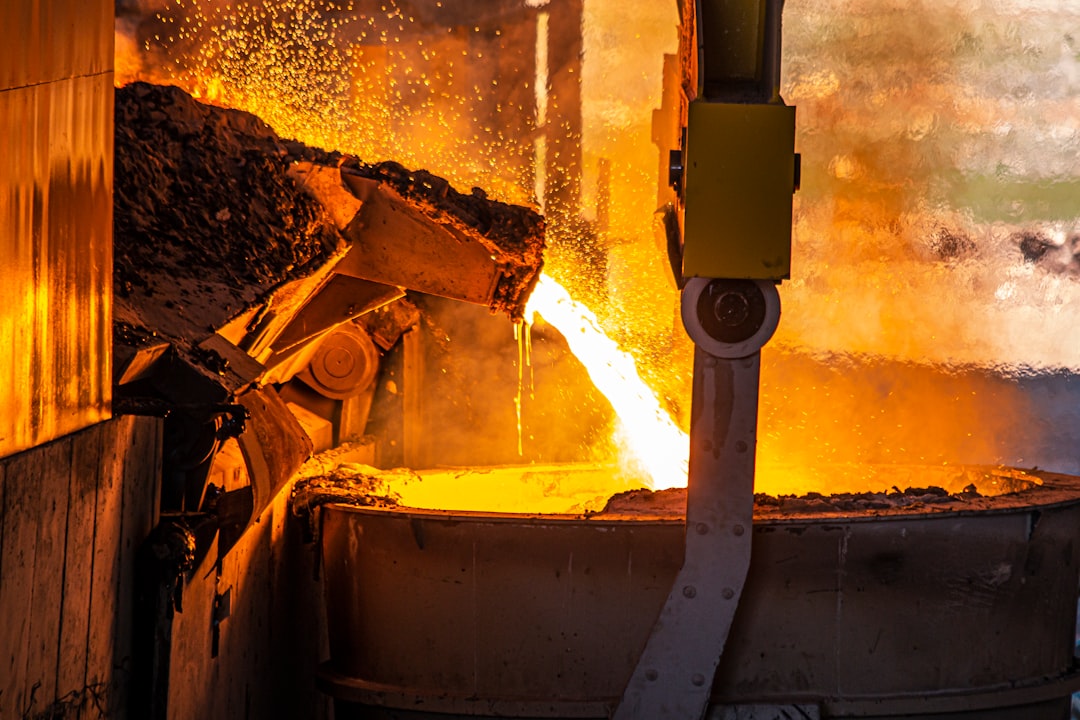What is it about?
We investigated how minor changes in composition, which are possible to control using the present steelmaking technology, can help in producing cast steel parts without casting defects.
Featured Image
Why is it important?
The incidence of casting defects may lead to enhanced maintenance cost or even to catastrophic failures in service. The parts in the present case are giant turbines used in hydroelectric power generation and these defects have, therefore, important economic relevance. On the other hand, it is observed that different casts (each part is produced using a single steel batch) lead to different incidence of defects. We investigated if this is related to the carbon content of the alloy, using experiments and calculations.
Perspectives
This was the result of Dr. Scuracchio's master in science thesis. He is a remarkable engineer and we interacted heavily since the time he was an undergratuate student in Materials Engineering at the Escola Politecnica da USP. It was a topic related to his job at the time (in Voith Paper SA, where he worked at the Foundry).
Professor Claudio Geraldo Schön
Universidade de Sao Paulo Campus da Capital
Read the Original
This page is a summary of: Influence of Alloying Elements Upon the Solidification Interval of CA6NM Cast Martensitic Stainless Steel, Journal of Phase Equilibria and Diffusion, February 2012, Springer Science + Business Media,
DOI: 10.1007/s11669-012-0006-3.
You can read the full text:
Contributors
The following have contributed to this page










